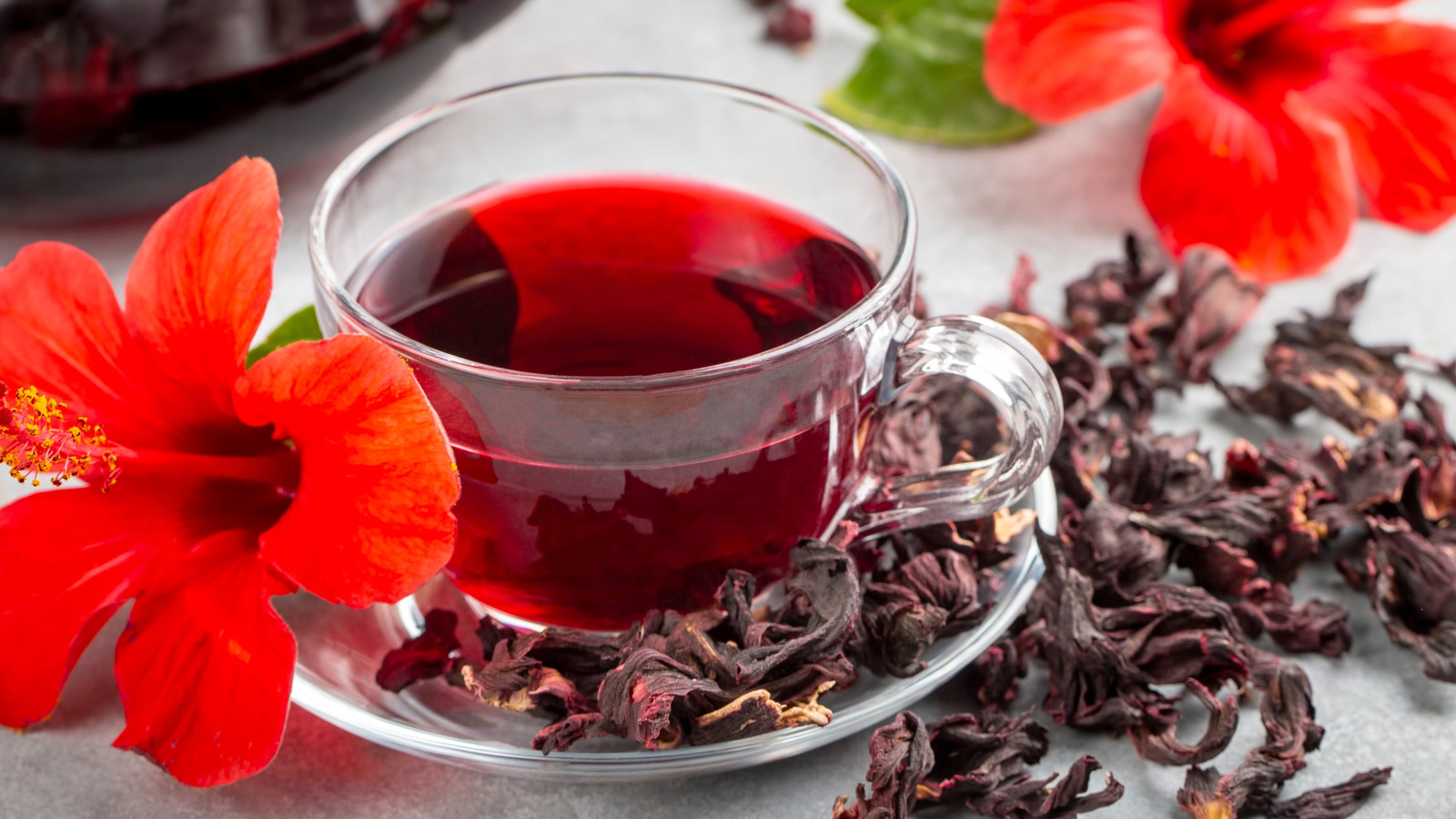
"Turns out, it's not the petals of Hibiscus rosasinensis which are used to make tea, but rather the bright red, fleshy calyxes of roselle flowers, which have been dehydrated. Although it seems some companies might use Hibiscus rosasinensis in their tea blends, most studies citing its health benefits are referring to roselle. Hibiscus rosasinensis, the typical hibiscus you see in gardens and the one many people in the U.S. think of when they hear the word, is a plant of Asian origin,"
"Both belong to the Malvaceae family and the genus Hibiscus, the Latin word for mallow, but there are significant botanical differences between the two. This, of course, also reflects in their chemical composition, their flavor, and the potential health benefits they offer. Roselle is native to Central and Western Africa and is closely related to okra. The plant made it to the Americas with the African"
Hibiscus tea’s growing popularity is tied to studies attributing benefits like lower blood pressure, reduced cholesterol and blood sugar, and weight management. Common commercial packaging can mislead consumers by showing the large ornamental hibiscus rather than the tea species. The infusion generally comes from dehydrated, bright red calyxes of Hibiscus sabdariffa, known as roselle. Roselle differs botanically and chemically from ornamental Hibiscus rosa-sinensis, affecting flavor and potential health effects. Roselle is native to Central and Western Africa, related to okra, and reached the Americas via the African diaspora where it entered culinary and medicinal use.
Read at Tasting Table
Unable to calculate read time
Collection
[
|
...
]